The Ultimate Guide to Choosing the Best Rabbit Tunnel for Your Pet
Unlock the secrets to finding the perfect rabbit tunnel. Our guide covers durability, safety, and fun to ensure your bunny's delight.
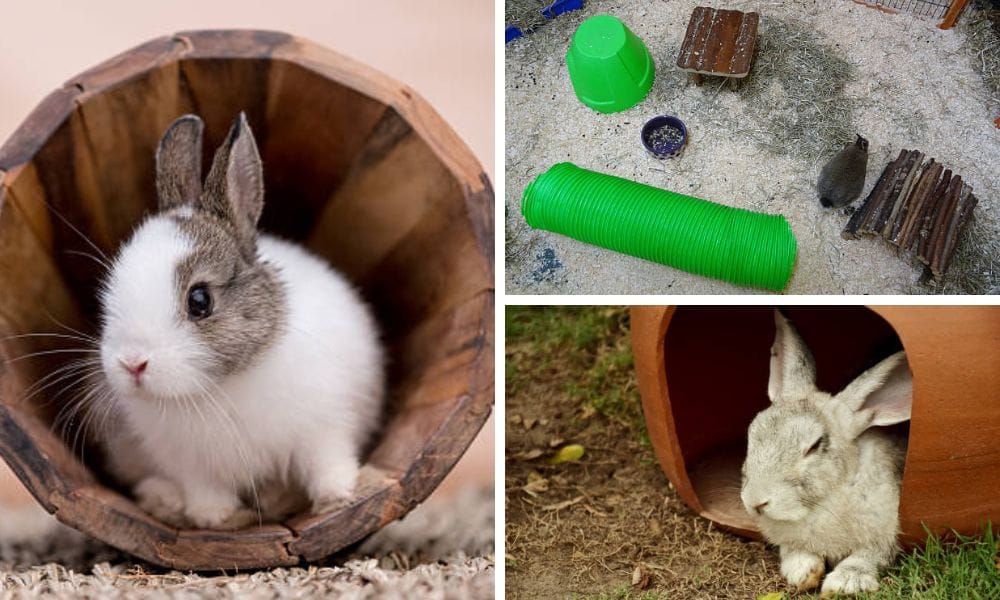
Pet tunnels, including rabbit tunnels, aren’t just another accessory for your furry friend; they’re a gateway to happiness and health. This comprehensive guide will walk you through everything you need to know to pick the perfect tunnel that ensures your bunny—or any small pet—stays active, safe, and entertained.
Key Takeaways:
- Understand the importance of size, material, and safety features in rabbit tunnels.
- Learn how to integrate tunnels into your pet's environment for maximum benefit.
- Discover the top recommended tunnels for different types of small animals.
Why Does Your Bunny Need a Tunnel?
Rabbits are naturally curious and active creatures. In the wild, they spend a lot of their time exploring and hiding in burrows. A good rabbit tunnel mimics this natural habitat, providing your pet with a safe space to explore and retreat. It’s not just about fun; it’s about fulfilling a basic instinctual need. Bunny loves these tunnels as they cater to their exploratory and hiding behaviors, making them an essential accessory for any rabbit owner.
Moreover, tunnels help prevent boredom and encourage physical activity, which is crucial for maintaining a healthy weight and preventing health issues in rabbits. They also offer a cozy hideout where rabbits can sleep, away from the hustle and bustle of daily life.
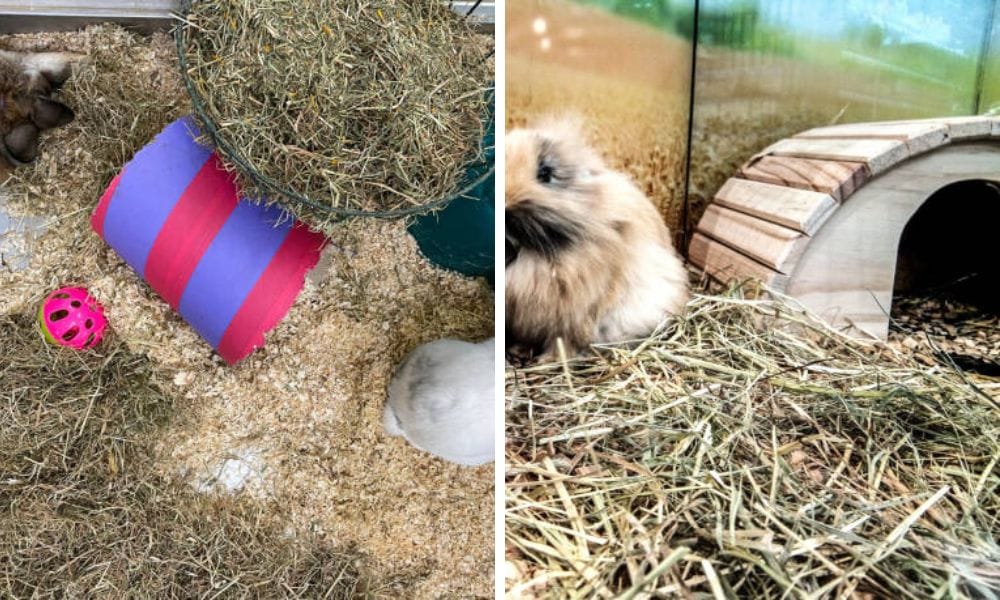
Choosing the Right Size and Shape
The size of the tunnel is paramount. It must be large enough to accommodate your rabbit comfortably but not so large that it takes up too much space in your home. For most adult rabbits, a tunnel diameter of about 6-10 inches is ideal. However, for larger breeds like the Flemish Giant, you might need something bigger.
Shape also plays a crucial role. While some tunnels are straight, others are curved or even Y-shaped, offering more complex exploration opportunities. Consider the amount of space you have and how much complexity your bunny enjoys when deciding on the shape.
Material Matters: Safety and Durability
When it comes to materials, safety and durability are key. Many rabbit tunnels are made from soft, flexible fabrics that are gentle on your rabbit's paws but durable enough to withstand chewing and scratching. Avoid materials that can fray easily or have harsh chemicals, as these can be harmful if ingested.
Additionally, some materials are easier to clean than others. Cloth tunnels can often be thrown in the washing machine, while plastic or wire tunnels might need to be wiped down or hosed off.
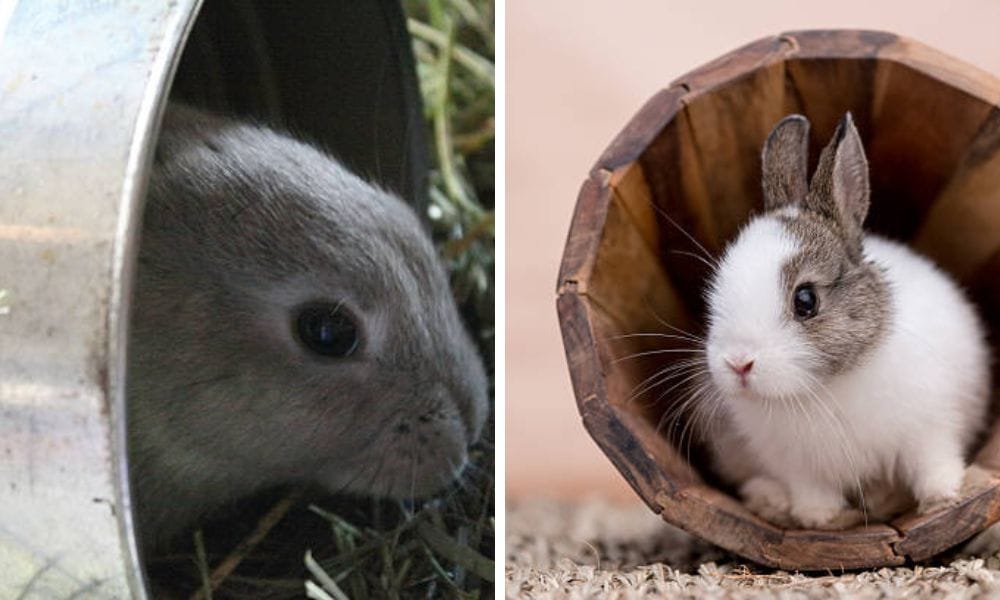
Integrating Tunnels into Your Rabbit's Environment
To really benefit from a tunnel, it should be integrated into your rabbit’s living area in a way that encourages use. Place tunnels near your rabbit’s favorite spots or in areas where they spend a lot of time. This could be near their food area, cage, or in a common play area.
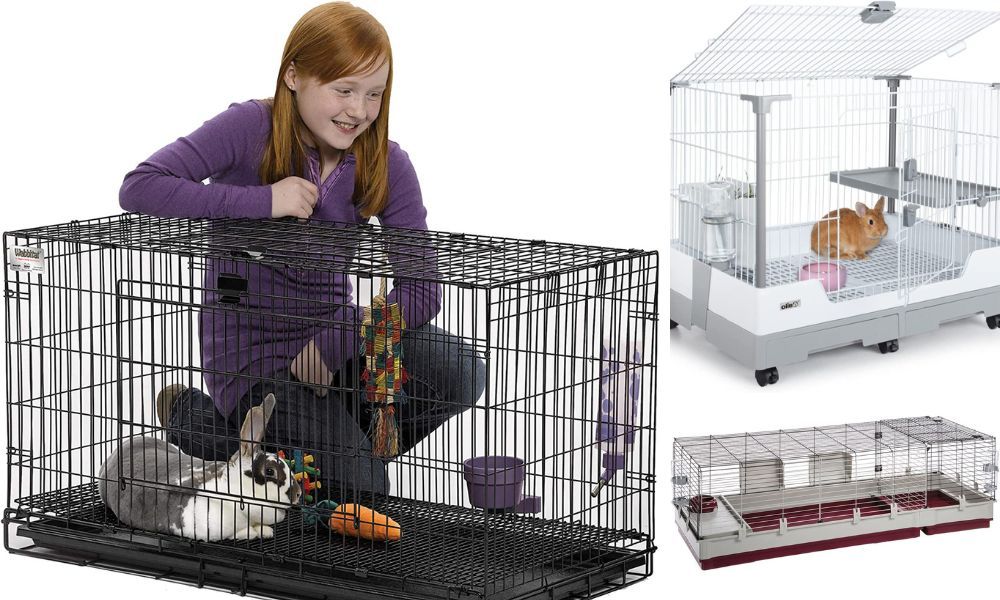
You can also create a more engaging environment by connecting multiple tunnels together or adding other elements like bridges or lookout towers. This creates a stimulating complex that keeps your rabbit interested and active. Additionally, these tunnels can serve as a house, offering rabbits a private and comfortable space to hide out, exercise, or sleep, thus enhancing their living environment by providing them with a spacious area for play and exploration.
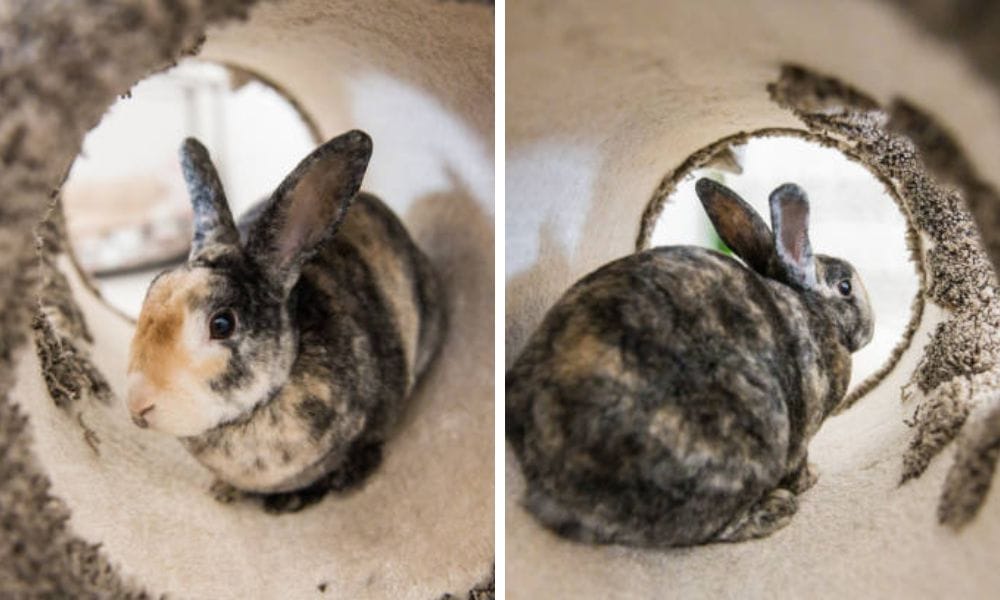
Top Rabbit Tunnels for Different Small Animals
While primarily designed for rabbits, many tunnels can also be suitable for other small animals like guinea pigs, hamsters, ferrets, and even small puppies or kittens. These tunnels are not only perfect for rabbits but also provide excellent play opportunities for puppies and other animals such as cats, ferrets, and Chins, ensuring they have a safe and stimulating environment. When choosing a tunnel for different types of pets, consider their size and activity level. Guinea pigs and hamsters, for instance, might prefer shorter, more secure tunnels, while ferrets and puppies may enjoy complex, interconnected systems.
How to Introduce Your Pet to a New Rabbit Tunnel
Introducing a new tunnel to your furry friend can be as exciting for them as unwrapping a holiday gift is for us. Start by placing the tunnel in a familiar area where your pet spends a lot of time. Allow them to explore the new addition on their terms; curiosity will soon take over, and sniffing, peeking, and eventually venturing inside will follow. It's like watching a detective movie where the lead character cautiously enters a mysterious room – thrilling yet safe.
To make the tunnel more enticing, consider placing treats or their favorite toys inside to encourage exploration. This method works wonders, especially for timid pets who might be initially hesitant. Over time, as your bunny or guinea pig becomes more accustomed to their new play area, they'll start associating it with fun and comfort. It's like setting up a playdate in a wonderland designed just for them, where they can jump, hide, and run to their heart's content without a worry in the world.
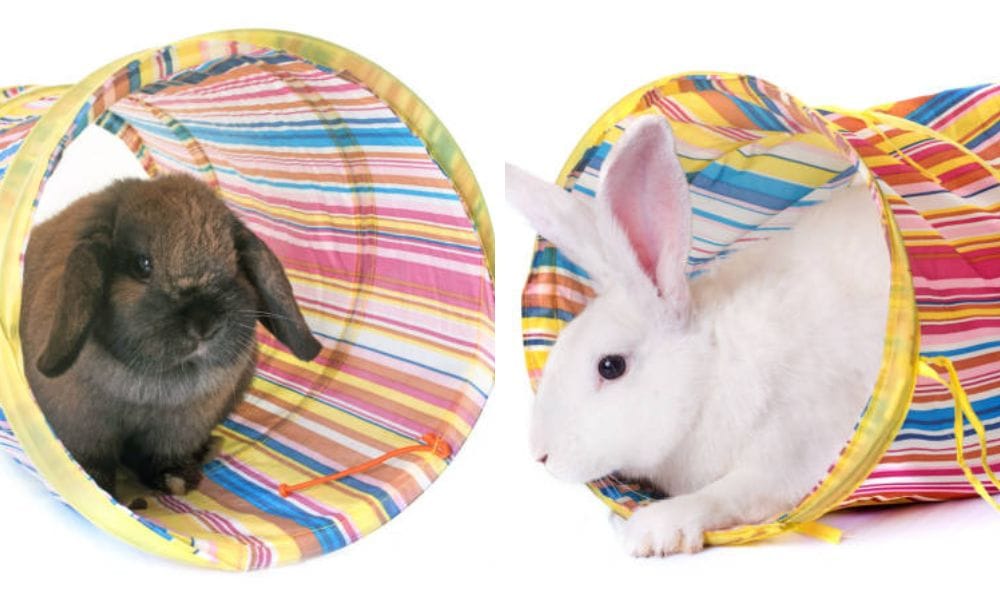
The Versatility of Rabbit Tunnels for Various Small Animals
Rabbit tunnels aren't just for rabbits! Guinea pigs, ferrets, and even kittens find these tunnels to be thrilling playgrounds. These furry friends cherish the opportunity to explore and hide, which mimics their natural behaviors in the wild. For instance, guinea pigs are naturally prey animals and tunnels provide them a sense of security and a hiding spot, which can significantly reduce stress. Similarly, ferrets, known for their inquisitive and playful nature, use tunnels to satisfy their curiosity and burn off energy, making tunnels a great product to keep them entertained and active.
Moreover, integrating tunnels into a multi-pet household can help foster social interactions between different small animals safely. By providing a shared space where pets like hamsters, bunnies, and even young puppies can interact under supervision, tunnels help in creating a bond among them. It's important to ensure that the tunnels are spacious enough to prevent any territorial disputes and are made from chew-resistant materials to cater to the needs of pets who might decide to nibble on their new toy. This setup not only keeps your pets entertained but also helps in maintaining a peaceful and fun environment for all your small animals.
The Role of Tunnel Texture in Rabbit Comfort
When selecting a rabbit tunnel, the texture is more than just a touch-and-feel factor; it's a cornerstone of your furry friend's comfort and security. Rabbits, much like cats and dogs, have preferences for certain materials that can either invite them to explore or deter them altogether. A tunnel with a soft, plush interior can encourage a shy bunny to venture inside, offering a snug hideout where they feel protected. Conversely, materials that are too slick or rough might be off-putting, making it crucial to choose a texture that feels like a safe embrace to your pet.
Moreover, the texture of a rabbit tunnel affects how your pet interacts with it. A rougher exterior might help satisfy the need to chew, while a smoother, durable cloth can be easier to clean and maintain. It's essential to strike a balance between enticing your rabbit to use the tunnel and ensuring it lasts. Observing your bunny's reaction to different materials can be a great way to gauge what feels right for them, ensuring the tunnel becomes a favored spot rather than a neglected accessory in their cage.
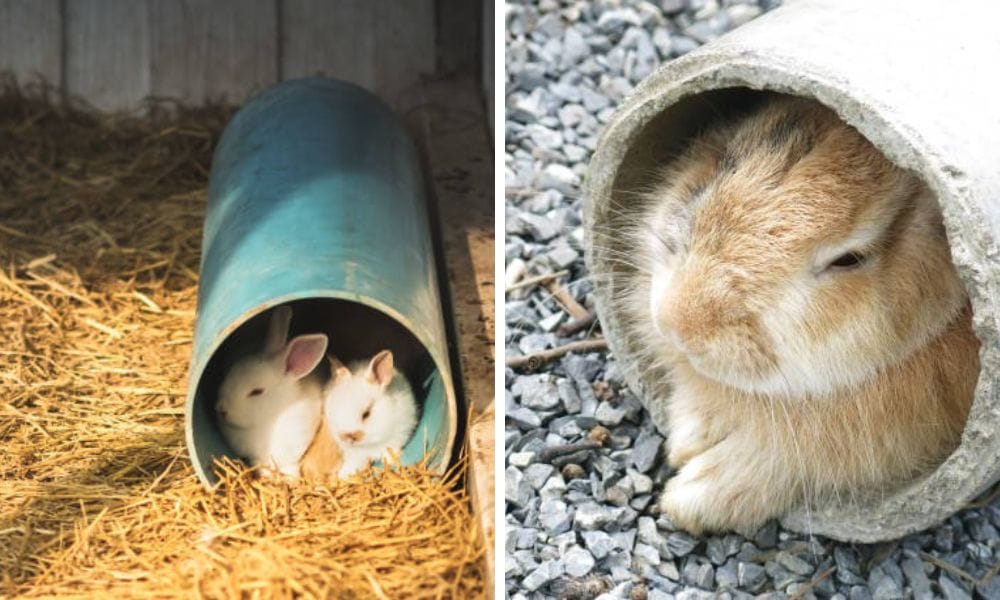
The Importance of Tunnel Security for Small Pets
When setting up a rabbit tunnel, security is paramount to ensure your furry friend remains safe while exploring their new hideout. For small animals like rabbits and guinea pigs, the stability of the tunnel can greatly affect their willingness to use it. Ensure the tunnel has a sturdy base that won't collapse or tip over, causing potential harm. Additionally, check for any small parts or detachable accessories that could pose a choking hazard. A secure tunnel means a worry-free playtime for both you and your pet.
Moreover, the entry and exit points of the tunnel should be designed to allow easy access while preventing any accidental escapes. Especially for tiny explorers like hamsters or dwarf bunnies, the openings should be just the right size to prevent them from getting stuck or feeling trapped. Consider tunnels with adjustable openings or those that come with secure doors to enhance safety. By focusing on these aspects, you can create a fun and safe environment that encourages your pets to stay active and entertained without any undue stress.
Customization Options for Multi-Pet Households
In a household with multiple types of small animals, customizing tunnels can help cater to the unique needs of each pet. For instance, while a guinea pig might prefer a wider, more open tunnel for easy navigation, a ferret might enjoy a more complex network of interconnected tubes for an enhanced exploring experience. Offering different textures and materials within the same tunnel system can also keep different pets engaged and prevent boredom.
Additionally, consider incorporating elements that can be adjusted or replaced based on your pets' activities. Removable sections can be a great way to keep the tunnel setup fresh and interesting for your animals. You can also add features like lookout holes for cats or small windows for puppies to peek through, which can help in building a bond between different pets. By customizing tunnels to meet the diverse preferences of your multi-pet household, you ensure that every animal finds something to love about their shared play space.
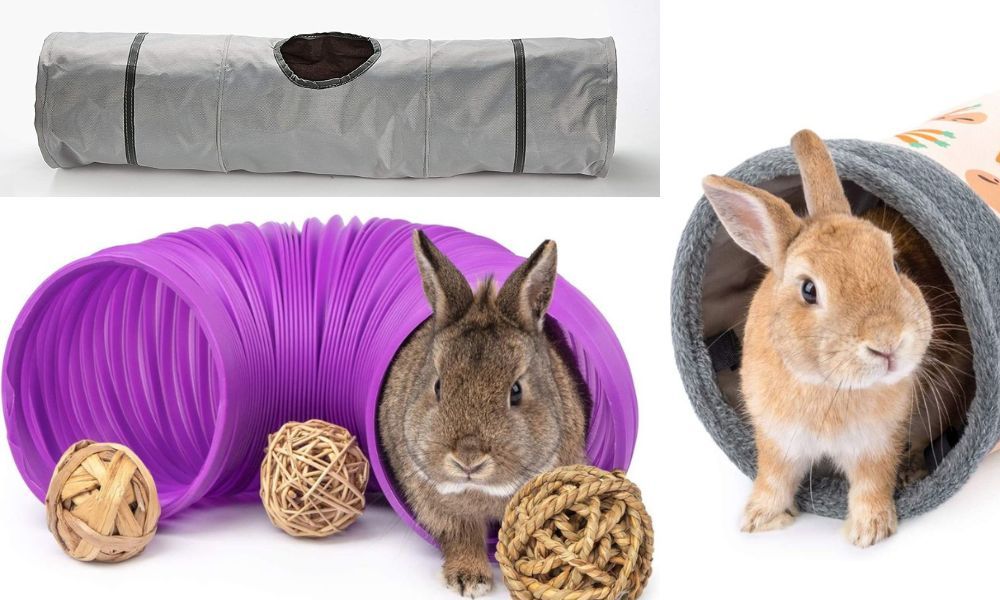
Integrating Rabbit Tunnels with Other Pet Accessories
Rabbit tunnels don’t have to stand alone; they can be part of a larger play ecosystem in your pet’s environment. Integrating tunnels with other toys and accessories can create a dynamic, engaging space that keeps your rabbit active and entertained. For instance, connecting a tunnel to a climbing frame or leading it to a feeding area can make everyday activities more fun and stimulating. This setup not only encourages physical exercise but also mental stimulation, helping to keep your bunny from getting bored. Incorporating other tunnels and combining various tunnels with different play structures can create a comprehensive play area, akin to a bunny Haven Town, that is not only perfect for rabbits but also great for other animals like cats, ferrets, and chinchillas, ensuring flexibility and safety for all pets. You can also amazing cardboard tunnel that stretches, twists and turns to keep your pet happy. Cardboard makes it darker inside just the way bunnies like it. Additionally you can buy Tunnel Toys for Dwarf Rabbits Bunny Guinea Pigs and other small animal.
Additionally, for households with multiple types of pets, such as guinea pigs, hamsters, or even kittens, tunnels can serve as a universal play area that all small animals can enjoy. Ensuring the tunnel entrances and exits are secure and the material is flexible enough to accommodate different sizes helps in creating a shared space that is safe and fun for everyone. This approach not only maximizes the utility of the tunnel but also helps different pets bond over shared playtime, turning your pet’s habitat into a lively and interactive zone.
Creative Ways to Enhance Rabbit Tunnels
Thinking outside the box—or tunnel, in this case—can lead to a more engaging and stimulating environment for your pets. Consider adding accessories like hanging toys or small chewable items inside the tunnels to pique your pet's interest. For example, dangling a carrot at the end of the tunnel can turn a simple exercise session into an exciting challenge for your bunny. Additionally, arranging the tunnels in different patterns each week can prevent your pets from getting bored and encourage them to be more active and exploratory.
Another innovative approach is to use tunnels as a training tool. You can teach simple commands or tricks using the tunnel as part of the training regimen. For instance, guiding your rabbit or kitten through the tunnel with a treat can help in teaching them commands like 'come' or 'fetch'. This not only keeps them physically active but also mentally sharp. Remember, the key is to keep the tunnel experience fresh and interesting, so your furry friends remain curious and eager to see what’s inside or beyond the tunnel each day.
Customizing Rabbit Tunnels for Multi-Pet Households
If your household is a bustling hub of various small animals, creating a harmonious play environment is key. Rabbit tunnels can be fantastic for guinea pigs, hamsters, and even kittens, provided the size and material are suitable for each pet. Think of it as designing a mini amusement park where each little guest gets their favorite ride. Ensuring that the tunnels are spacious enough for the largest pet and secure enough to prevent any escape artist from getting out is crucial.
Moreover, adding junctions or connecting multiple tunnels can turn a simple play area into an intriguing maze that keeps all your pets entertained and active. This setup not only helps in keeping your pets physically active but also stimulates their mental health as they figure out new paths and explore different sections. It’s like watching a live-action puzzle unfold right in your living room, where every participant is having the time of their life, discovering new corners and creating their adventure stories.
Safety Features to Look For
Safety is non-negotiable. Look for tunnels with secure edges and no loose parts that could be chewed off and swallowed. The tunnel should also be stable enough that it won’t collapse or roll, potentially trapping your pet.
Cleaning and Maintenance
Keeping the tunnel clean is essential for your pet’s health. Look for tunnels that are easy to clean and maintain. Those with removable covers or that are machine washable are great options. Regular cleaning prevents the buildup of bacteria and keeps the tunnel inviting for your pet.
When purchasing rabbit tunnels online, it's crucial to ensure that the transaction is secure, especially in the protection of your credit card details. Opt for retailers that encrypt credit card information during transmission and do not share your details with third-party sellers, safeguarding your privacy and financial information.
Fun and Functional Designs
Today’s pet accessories market offers more than just functionality; aesthetics also play a big part. Rabbit tunnels come in various designs and colors, from minimalist to whimsical. Some feature playful patterns or even themes like a rainbow or forest. Choose a design that you think will be most appealing to your pet and fits well with your home décor.
Encouraging Play and Exercise
Introduce the tunnel slowly to your pet’s routine to encourage interaction. You might place treats inside the tunnel or use toys to lure your rabbit in. Once they discover the fun of darting in and out, they’ll likely use the tunnel regularly as part of their play.
When to Replace a Rabbit Tunnel
Keep an eye on the tunnel’s condition. Over time, it may get worn out or chewed up. Regular inspection will help you decide when it’s time to replace it. A good rule of thumb is to replace the tunnel if you notice any signs of wear that could pose a safety risk, like exposed wires or sharp edges.
Summary
Choosing the right rabbit tunnel involves considering your pet’s size, the material and durability of the tunnel, and the safety features it offers. By integrating a fun and safe tunnel into your rabbit’s environment, you provide them with a valuable tool for exercise and mental stimulation. Remember to keep the tunnel clean and check regularly for any signs of wear.
FAQ
Q: Can rabbit tunnels be used outdoors? A: Yes, some rabbit tunnels are designed for outdoor use. Ensure they are made from weather-resistant materials and check them regularly for any damage.
Q: How often should I clean my rabbit’s tunnel? A: Clean the tunnel at least once a week or more frequently if it gets dirty. This helps prevent diseases and keeps the tunnel attractive to your pet.
Q: Are there any rabbit tunnels that also work for cats? A: Yes, some larger tunnels designed for small dogs and cats can also accommodate rabbits. Ensure the size and material are appropriate for your rabbit.

